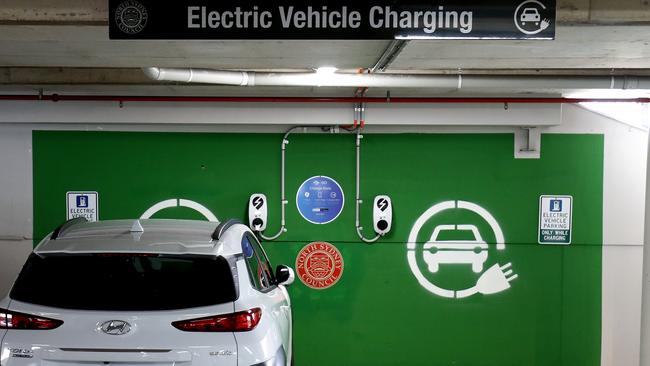
Little has been less objective than last week’s reporting on ABC Radio of the push for electric vehicles. Readers expect such reporting from Guardian Australia and the Nine newspapers, both privately owned companies free to do what they wish in order to build audiences.
The former Fairfax papers, now owned by Nine, committed to Earth Hour in March 2007, hoping readers would feel good about themselves and their media choice. They would help save the planet by turning the lights off at home for one single hour once a year.
It was a profoundly silly exercise by newspapers sold mostly in the wealthier suburbs of Sydney and Melbourne.
Guardian Australia is even more upfront about its journalists’ mission statement. Climate stories arrive with a “Support urgent climate journalism” subscription message about the 6000 environment stories that have appeared on the news website “since we made our climate pledge two years ago”.
The ABC is owned by taxpayers who cannot choose whether or not to subscribe. Theoretically, under the ABC Charter, its journalists have to present fair and balanced work – yet on climate issues they present uncritical boosterism. Paul Barry and his Media Watch program won’t call this out because they are part of the problem.

RN Breakfast hit the electric vehicles story hard soon after Prime Minister Scott Morrison announced the government’s new policy to help boost the EV industry. Host Fran Kelly was out of the blocks at 7.35am on Tuesday, interviewing the boss of the Electric Vehicle Council of Australia, Behyad Jafari, for 11 minutes and 31 seconds.
He was given free rein to demand tax concessions and restrictions on conventional cars. Not a single tough question was asked. No one spoke for the conventional car industry.
Ditto ABC AM the next morning when the Australian managers of VW, Hyundai and Nissan spruiked the need for more tax concessions for EVs. Not a single tough question. Why? In the mind of an ABC journalist, EVs are an unambiguous public good.
In truth, whatever the politics of Morrison’s EV backflip, the vehicles are a blunt instrument for reducing CO2.
For car buffs, EVs have the advantage of almost instant acceleration because they reach maximum torque so quickly. Internal combustion engines (ICEs) with gears usually reach maximum torque between 2000 and 4000 revs per minute.
So if you like to drive fast, EVs are a natural. But if you like to drive far, they are a problem. Most need a battery recharge – which usually takes 20 minutes if you can find a charging station – after about 300km. Yet EVs are not favoured by ABC reporters for their dynamic driving abilities.
At the ABC, EVs are a moral choice. Except the facts are more ambiguous. It is those facts ABC editorial managers need to make sure more of their journalists understand.
Like subsidies for solar panels, taxpayer support for EVs channels money from state and federal governments to the wealthy. For the poor and those on welfare struggling to run an old Toyota or Holden, EVs are out of reach and the ABC out of touch.
Even if journalists ignore equity questions, other issues of taxpayer need arise. How much money that could be spent on hospitals, pensions and schools should governments channel into EV subsidies and charging stations given that the private vehicle sector accounts for only 7 per cent of emissions globally? Australia’s contribution is a tiny fraction of that.
How will state governments, relying on petrol surcharges, maintain roads when that pool of money is depleted by EV use? How will the federal government replace fuel excise?
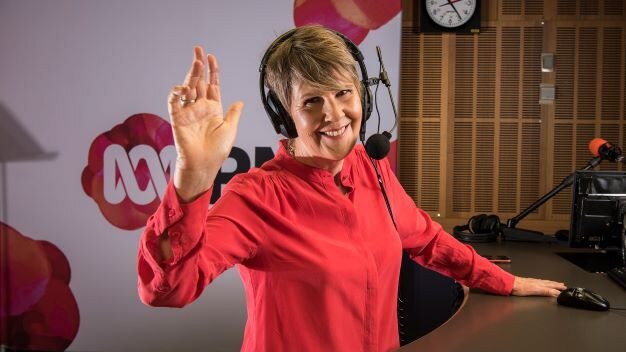
Are EVs as environmentally friendly as advocates suggest? This newspaper has been publishing analyses of the issue since the noughties. While EVs are becoming more efficient and cheaper, even the latest lithium-ion batteries take about three years of driving, at 10,000km a year, before they have paid back the carbon deficit they start with, compared with ICE cars.
Journalists should know the environmental costs of mining rare earths here, in South America and in China, and their carbon-intensive shipment around the world for EV manufacture. While ICE batteries are small and largely recycled, lithium-ion batteries are enormous and recycled in only about 5 per cent of cases. The battery in Tesla’s fast sports car, the Model S, weighs 540kg and includes more than 7000 separate lithium cells.
Most used lithium-ion batteries are buried in landfill, where they can easily catch fire and also leech toxic elements into the soil and water table. They can be melted down and the cobalt and nickel extracted but that smelting process is energy intensive and polluting in most countries.
Even the manufacture of lithium-ion batteries is bad for the environment. Bjorn Lomborg, president of the Copenhagen Consensus Centre think tank, has written in this newspaper that such batteries are “often produced in China using coal power”. “Just producing the battery … can emit almost a quarter of the greenhouse gases emitted from a petrol car across its entire lifetime,” he said.
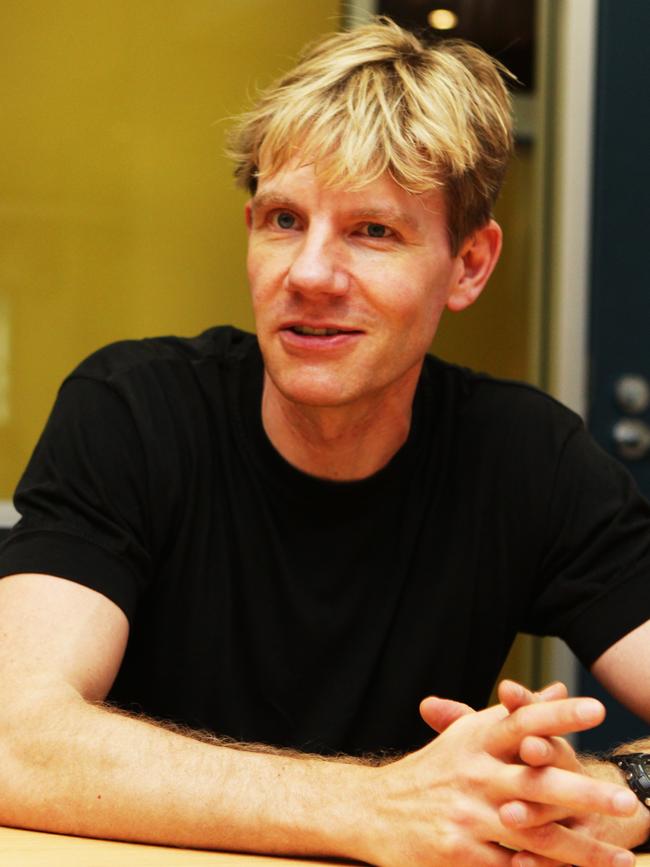
The Wall Street Journal, on March 22, published a detailed infographic, headlined: “Are electric cars really better for the environment.” Comparing a Tesla Model 3 and a petrol-run Toyota Rav 4, it found that even before its first drive “the Tesla has generated 65 per cent more emissions than the RAV 4”. It came down in favour of a mix of strategies including EVs, hybrid vehicles and increased fuel-efficiency measures.
These environmental downsides are before the consideration of the most obvious EV issue: recharging. In most countries, owners who like to think their car is clean and quiet are dependant on fossil fuels-generated electricity from the grid. EVs in the major cities here are powered largely by coal, which still supplies about 75 per cent of national electricity.
Energy analysts also have concerns about whether the shift to inner-city, high-rise living is compatible with EV use. Most buildings are wired only for the residents’ power demand at present; few have spare room for EV charging stations and most of our major inner-city grids are old. One analyst told this column that rewiring city high-rises and grids could cost more than the entire National Broadband Network.
These are things journalists should be putting to EV spruikers. Time and technology will eventually sort most such issues out. It’s just that activist journalists with little understanding of technology, science or markets always want change now, ignoring the wider costs.
It has been the same with renewables, as activists quickly turned against gas-peaking plants that had always been intended to smooth the way from coal to clean energy. It reached peak stupid last week with the revelation the EU in Brussels is considering classifying gas as a renewable transitional fuel. It’s on a par with EU acceptance of burning wood chips as green energy.
It should have been clear to environment writers since Julia Gillard’s 2010 deal with the Greens that gas had always been proposed as Australia’s transitional fuel until mid-century.


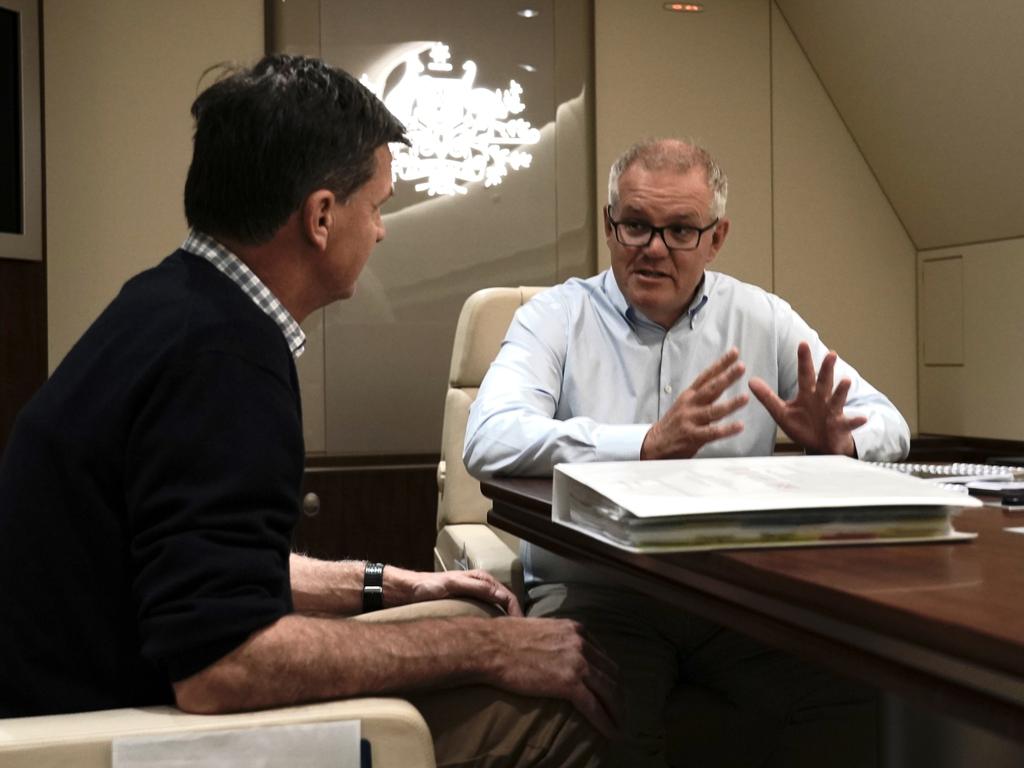
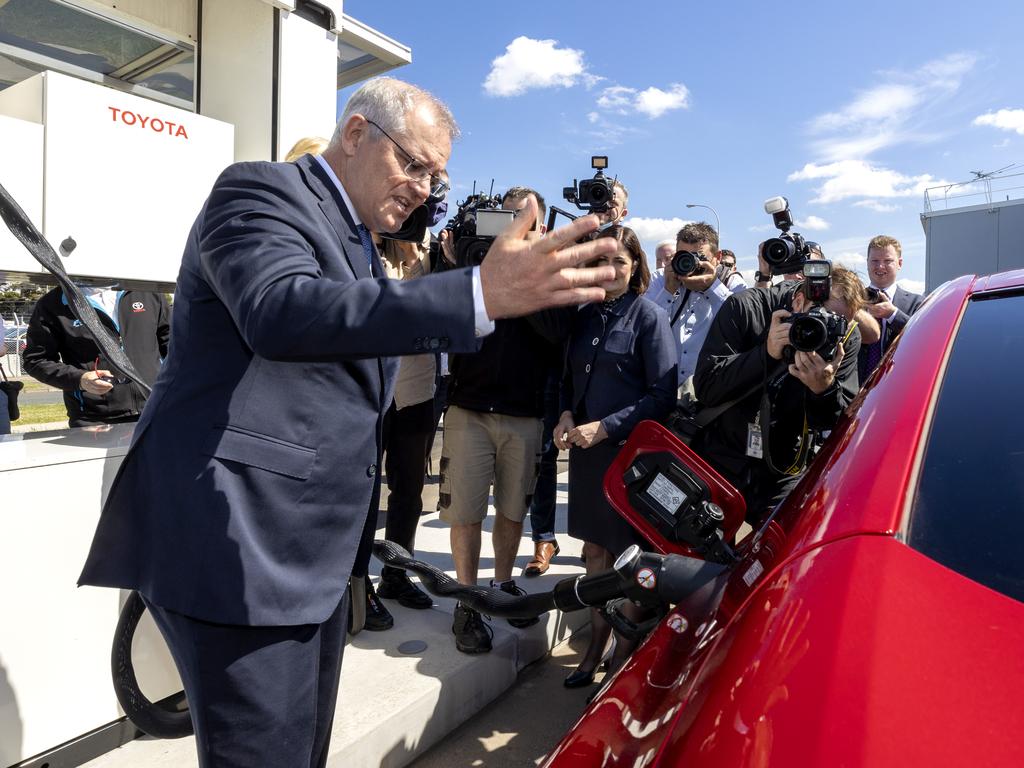




Left-wing journalists long ago abandoned balanced reporting of climate issues for passionate advocacy of often poorly reasoned solutions.